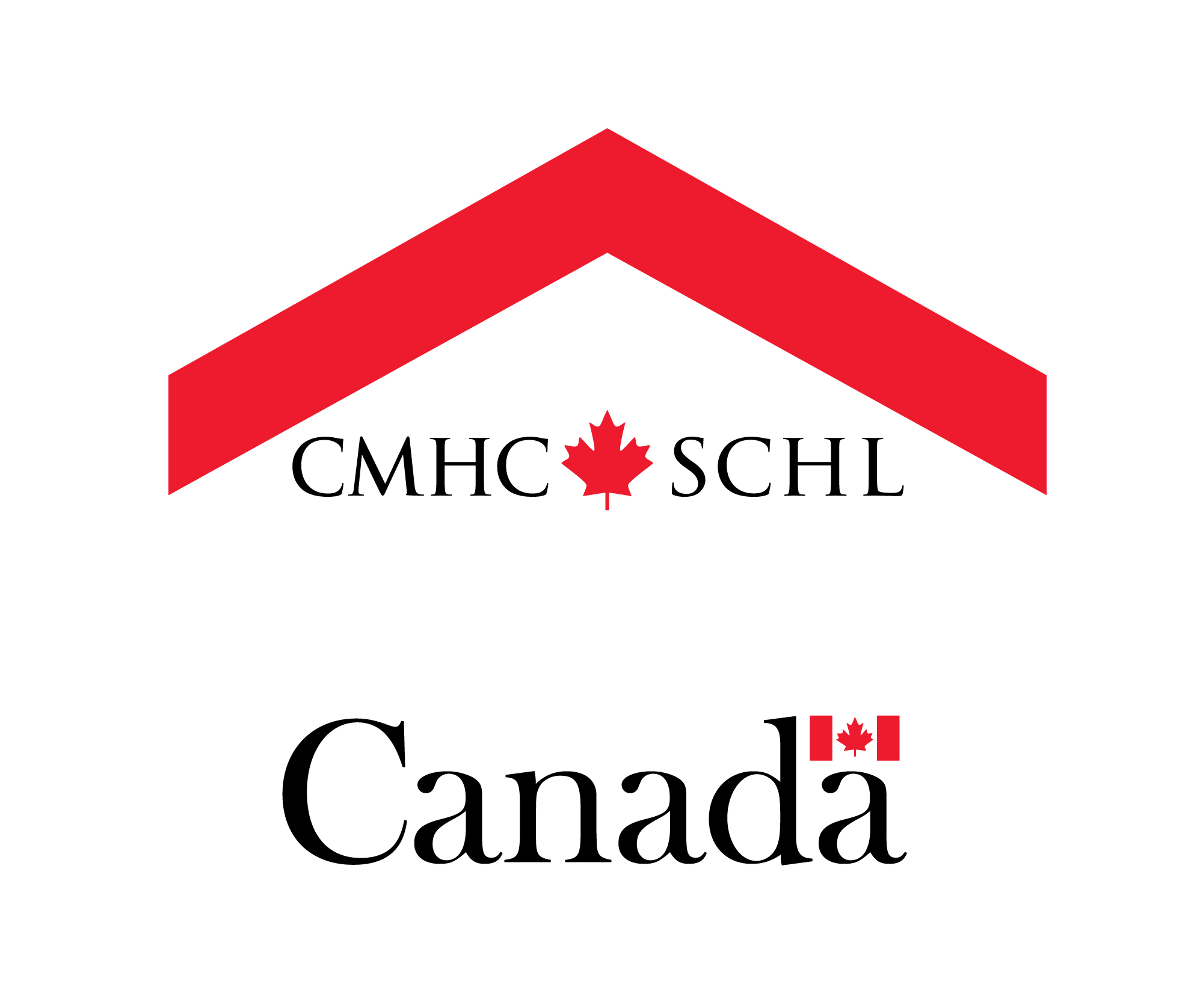
Mortgage Definitions
Below are some “need-to-know” definitions when shopping for a mortgage.
Mortgage Definitions and Features
Mortgage definitions and features. This is not an exhaustive list of the different mortgage characteristics available. Speak with your Mortgage Advisor when deciding what mortgage options will best suit your needs. The mortgage market is constantly changing, a skilled Mortgage Advisor will help you create a re-payment/equity-building strategy that fits your long-term goals.
Amortization Period
Amortization refers to the length of time you choose to pay off your mortgage. Mortgages typically come in 25 year amortization periods. However, they can be as short as 15 years, and as long as 30 years. Usually, the longer the amortization, the smaller the monthly payments. However, the longer the amortization, the higher the interest costs. Total interest costs can be reduced by making additional (lump-sum) payments when possible.
Payment Schedule
You have the option of repaying your mortgage 5 different ways: monthly, bi-weekly, accelerated bi-weekly, weekly or accelerated weekly. Monthly payments allow the borrower to make their payment similar to a rent payment. Bi-weekly payments can be arranged around payment frequency (every 2-weeks) and lower the payment amount. The accelerated payment structure can substantially decrease the amount of interest paid over the lifetime of the mortgage, thus decreasing a typical 25-year amortization to 21.5 years. How does it do this?
Unlike a typical bi-weekly payment, the accelerated amount takes: (the calculated monthly mortgage payment / 2) x 26 = accelerated bi-weekly amount
The result is a slight over-payment on each bi-weekly amount that is applied directly to the principal.
If you can afford the quoted monthly payments, think about cutting those payments in half and increasing your payment frequency to save yourself over 3 years of payments on a typical 25 year mortgage!
Interest Rate
You will have to choose between “fixed”, “variable” or “protected (or capped) variable”. A fixed rate will not change for the term of the mortgage. This type usually carries a slightly higher rate, but provides the peace of mind associated with knowing that interest costs will remain the same.
With a variable rate, the interest rate you pay will fluctuate with the rate of the market. Typically, this will not modify the overall amount of your mortgage payment, but rather change the portion of your monthly payment that goes towards interest costs or paying your mortgage (principal repayment). If interest rates go down, you end up repaying your mortgage faster. If they go up, more of the payment will go towards the interest and less towards repaying the mortgage. This option means you may have to be prepared to accept some risk and uncertainty.
A protected (or capped) variable rate is a mortgage with a variable interest rate that has a maximum rate determined in advance. Even if the market rate goes above the determined maximum rate, you will only have to pay up to that maximum.
Mortgage Term
The term of a mortgage is the length of time for which options are chosen and agreed upon, such as the interest rate. It can be as little as six months or as long as five years or more. When the term is up, you have the ability to renegotiate your mortgage at the interest rate of that time and choose the same or different options.
“Open” or “Closed” Mortgage
An open mortgage allows you to pay off your mortgage in part or in full at any time without any penalties. You may also choose, at any time, to renegotiate the mortgage. This option provides more flexibility but comes with a higher interest rate. An open mortgage can be a good choice if you plan to sell your home in the near future or to make large additional payments.
A closed mortgage usually carries a lower interest rate, but doesn't offer the flexibility of an open mortgage. However, most lenders allow homeowners to make additional payments of a determined maximum amount without penalty. Typically, most people will select a closed mortgage
Repayment Options
Typical "closed" mortgages will offer the borrower pre-payment options. These options differ significantly for each lender. Common options available to borrowers are 10/10; 15/15; and 20/20. A 10/10 option allows the borrower to increase their payments by 10% each year, or repay up to 10% of the mortgage amount. Certain lenders will allow the borrower to make multiple additional payments throughout the year, while other lenders will restrict the pre-payment to a single lump-sum payment on the mortgage anniversary date each year. In addition, certain lenders allow a combination of the increasing standard payments and making lump sum payments.
Prepayment Penalties
An estimated 4 out of 10 borrowers will break their term prior to renewal, often around the 3 year -3.5 year mark. Knowing the prepayment penalties outlined in the mortgage contract can save you thousands of dollars in the future.
The following actions may result in a Prepayment Penalty.
· Paying more than your prepayment privileges allow
· Refinancing (increasing your borrowing amount) before the Maturity Date
· Early renewing your Account
· Transferring your Account to another lender before the end of your term
The most common penalties are 3-months interest or Interest Rate Differential (IRD). Most variable rate mortgages utilize the 3-months interest penalty. Standard fixed rate mortgages will use the greater of either 3-months interest penalties or IRD.
There are two types of IRD's: Posted Rate Method and Published Rate Method
Posted Rate Method - Generally used by major banks and some credit unions
This method uses the banks posted rate (often in-line with the Bank of Canada's rate) to arrive at the formula to calculate the penalty. It also considers any discounts you received. What that looks like is:
Banks Posted Rate for a five-year term: 5.34%
You were given a discount of: 2.37%
Giving you a rate of 2.97% on a five-year fixed term mortgage.
Now you want to exit your contract at the 3-year point, leaving 2 years left. The posted rate for a 2-year term sits at 3.74%. The bank will subtract your discount from the posted 2-year term rate, giving you 1.37%. From there the IRD is calculated like so:
2.97% - 1.37% = 1.6% IRD difference x 2 years = 3.2% of your mortgage balance.
On a mortgage of $400,000 that gives you a penalty of $12,800.
For most, that is a significant amount owing! It can equate to thousands and thousands of dollars, depending on the mortgage balance remaining. So what other methods are used? Let’s take a look at the second one.
Published Rate Method - Generally used by monolines and some credit unions
This method is more favorable as it uses the lender's published rates. Generally, these rates are more in tune with what you will see on lender websites and appear to be much more reasonable. Again, let’s look at an example.
Your 5-year rate: 2.97%
Time left on contract: 2 years
Published 2-year rate: 3.39%
Equation for this: 3.39%-2.97%=0.42% x 2 years=0.84% of your mortgage balance.
On a mortgage of $400,000 that gives you a penalty of $3,360.
Referenced Material: CMHC - Buying your first Home Guide


